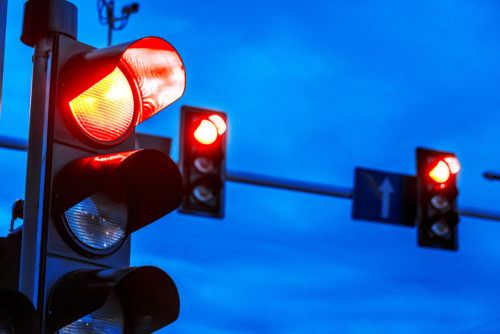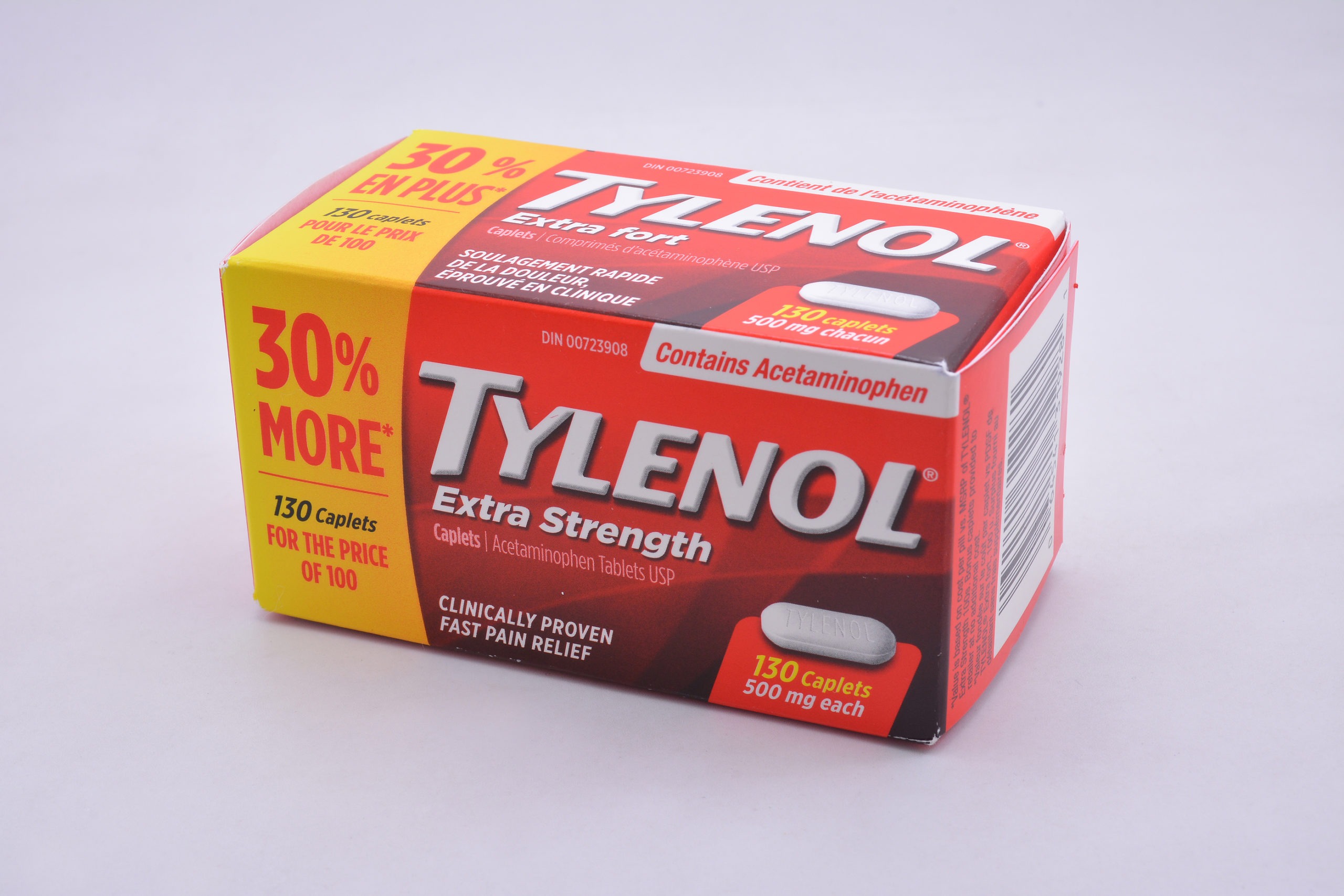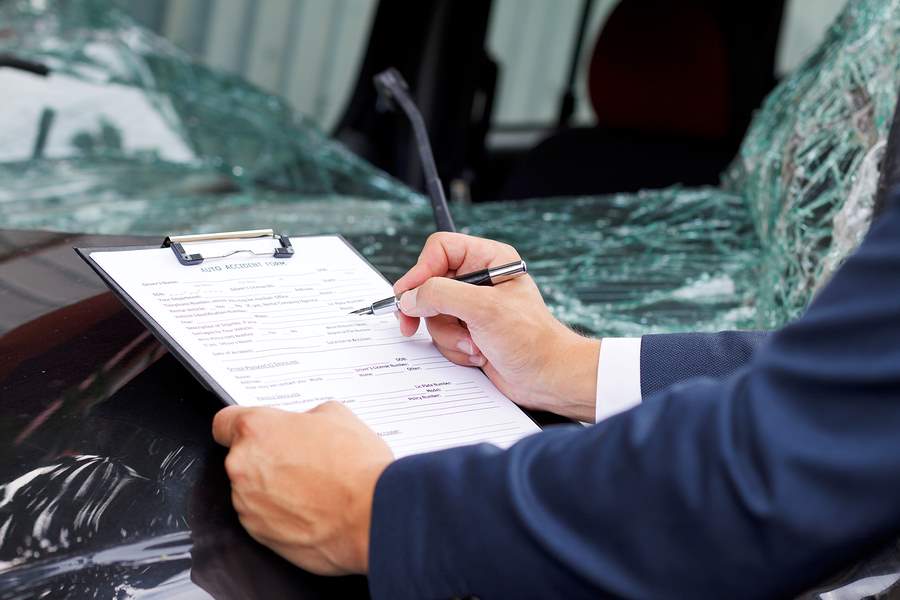Running Red Lights Causes Car Accidents
You’re running late—again. A red light is coming up, and you know it will catch you, adding minutes to your trip. It seems you’ve hit every red light on your way through town, and you’re pretty sure you’re going to sit stopped at many more before your journey is over.
What can it hurt to run a red light just this one time?
Unfortunately, what happens when you run a red light —even “just one time”—can range from a ticket to a car crash with catastrophic consequences. Failing to come to a complete stop, as required by a red light, significantly raises the potential for accidents. If you run a red light and get into a wreck, you will probably bear the legal responsibility for the injuries and property damage your actions caused.
Why People Run Red Lights
Running red lights is one of the leading causes of car accidents. A large number—56 percent of drivers—admit to running red lights part of the time. Typically, when drivers run a light, it has just turned red. Drivers often run red lights when the car in front of them at an intersection takes too long to proceed through or when they think they can “beat the yellow” and misjudge the timing before the light turns red.
Most people run red lights because they’re in a hurry or feeling impatient. In our hurried world, this is certainly understandable, but it also reflects a fundamental miscalculation of risk and reward. Is arriving at a destination one or two minutes later worth running a risk of a serious car accident that could harm yourself and others? The answer is a resounding “no.”
Others may run red lights because they are reckless and aren’t concerned about their own or others’ safety. They may also believe no one is watching, so there will be no consequences for their actions. These people are taking risks for no reason, which is the height of irresponsibility.
Running Red Lights Caused by Speeding
Some people also run red lights because they cannot stop their vehicles quickly enough. In other words, their red light violations result from a separate violation: speeding. Speeding increases the time it takes to stop and decreases the reaction window for which someone can stop, leading to a higher risk of running a red light.
Speeding puts drivers in the difficult position of judging whether it is better to slam on the breaks (which poses its own dangers) or fly through the light, hoping there’s no oncoming cross-traffic. Drivers must make this decision in the blink of an eye, and getting it wrong can result in catastrophe.
Occasionally, running a red light has nothing to do with a deliberate decision to ignore a traffic signal. Instead, some people run red lights, not by choice, but because they fail to see the light. This can happen when:
- Drivers “zone out” on long trips and lose situational awareness
- Drivers pay attention to a distracting device like a smartphone or GPS rather than the road ahead
- Drivers operate under the influence of alcohol or drugs
- The location or mode of operation of the red light makes it difficult for drivers to see or anticipate
Regardless of a driver’s reasons (or lack thereof), running red lights creates enormous danger for the driver, his passengers, and any other vehicles on the road. Even when a driver has an arguably good reason to want to run a red light, such as in a life-or-death emergency, it’s important not to go barreling through an intersection if the light is red.
The danger is too great of a catastrophic collision with crossing traffic. Even in the direst circumstances, drivers need to pay careful attention to their surroundings and follow the rules of the road as much as possible to ensure that they and others on the road arrive at their destination safely.
The Consequences of Running a Red Light
Running a red light often results due to a split-second decision. Few drivers have the time or ability to calculate the probability of the life-altering consequences that the decision could involve. However, making a mistake at a red light can lead to you crashing into another vehicle or a passing pedestrian, leading to catastrophic damage.
The following are some of the consequences of running a red light:
- Running a red light is more likely to cause significant injury than other accidents. When you run a red light, you typically move through the intersection at a higher-than-average rate of speed. Unfortunately, so are crossing traffic drivers with a green light. Additionally, red light running accidents usually result in a “t-bone” collision, in which one car hits one side of the other. These “angular” collisions often cause severe injuries and fatalities to the occupants of the car hit on its side. That’s because the fronts and rears of most cars have significant protections that absorb the force of an accident. There are no such “crumple zones” on the sides of cars. Mere inches separate the driver and passengers from the source of a side impact, increasing the likelihood they’ll suffer terrible harm.
- Red light running accidents cause heavy fatalities. In 2015, around 60 people died each month from crashes involving red light runners. This amounts to more than 800 deaths annually or around two fatal accidents from running a red light daily across America. Moreover, over 200,000 people are injured yearly in red light running accidents.
- The law treats running a red light as “aggressive driving.” Aggressive driving reflects the driver’s lack of care for the health and safety of his passengers and others on the road in the eyes of the law, subjecting the driver to a heightened risk of severe sanctions and even criminal penalties for causing an accident. The cost of a ticket for running the red light can vary based on the county, but generally, Florida red light tickets cost $158, with the fine and sanctions being much direr if your negligence causes a catastrophic impact.
Severe Car Accident Injuries Caused by Running a Red Light
When a driver runs a red light, they are creating a traffic safety hazard and putting themselves and others at risk of crashing into another vehicle. That collision can cause direct trauma to the body of the driver they hit, with the impact of the collision leading to severe injuries. Depending on the collision’s severity, the driver who ran the red light may suffer catastrophic injuries.The following are some car accident injuries drivers can suffer during a red-light car accident:
- Broken bones
- Traumatic brain injury (TBI)
- Back and neck injuries
- Knee injuries
- Facial injuries
- Shoulder injuries
- Internal injuries
- Soft tissue injuries
What Happens If You Run a Red Light and Get Into an Accident?
As a driver, you have a duty of care not to drive in a way that could harm others on the road. Duty of care refers to your responsibility to act responsibly and drive safely to prevent car accidents. If you breach that duty by being caught running a red light and causing an accident, you may bear legal liability for the resulting damages. Causing a car collision by illegally running a red light counts as breaching the duty of care and can leave you liable in a car accident claim.
The following are some ways you can be affected by causing a car accident by running a red light.
- Running a red light violates your duty of care to others on the road. If you run a red light, you run a high risk of being held legally responsible for a crash that results from that action. It probably will not matter if the light had “just barely turned red” or if you attempted to move through the intersection while traffic was in full swing. If you violated the law and failed to take care of other drivers on the road with you, you will probably be found at least partially at fault for the accident and the injuries it caused.
- You and your insurance may be responsible for paying for damages. Anyone harmed by your actions in running a red light may seek to recover under your automobile liability policy. If the other driver carries personal injury protection insurance, that driver’s insurance will likely cover the first $10,000 of that driver’s medical bills and time lost at work. However, your insurance company may be responsible for paying those bills up to the policy’s limits. Beyond that, the liability may rest with you.
- You may lose your insurance. In some cases, after a serious accident—especially if you’ve been involved in more than one serious accident within about three years—your insurance company may choose not to cover you any longer. After a serious accident, your insurance premiums may significantly increase, even if you can keep your insurance.
- You may receive a traffic citation or be criminally prosecuted. At a minimum, you will likely be cited for a moving violation if you run a red light and cause an accident. You could also face criminal charges, particularly if the accident left someone else seriously injured or resulted in fatalities. Depending upon your circumstances, this could lead to all kinds of other negative consequences, including loss of your driver’s license, loss of your employment, or even loss of your freedom.
No one considers these costs in the split second it takes to choose to run a red light, which is why we mention them here. Running a red light is not worth the risk of these real and potentially catastrophically large costs.
The Measures States Take to Decrease Red Light Running
In many states, lawmakers and administrative agencies have recognized the risks inherent in red light running and have taken steps to reduce them. The following are some of the tactics lawmakers have employed to reduce driver’s running red lights:
- Red light cameras work to prevent traffic infractions. In intersections with traffic red light cameras, most notably those known to be monitored and where traffic violations result in tickets, red light running may decrease by as much as 67 percent. In some cases, however, it has been suggested that this strategy may not help significantly reduce accidents at traffic lights. Drivers worried about fines may be more likely to slam on their brakes or stop when they observe a yellow light, which can increase rear-end collisions. However, these are often much less serious than accidents in the middle of an intersection, making the trade-off arguably worthwhile for many cities to install these cameras.
- Changed yellow light times have been used in an effort to reduce red-light running. Yellow light length varies based on several factors. In general, a yellow light is intended to give drivers in the middle of an intersection time to move safely through the intersection before traffic starts flowing again. Drivers need adequate time to slow down, stop, and observe the flow of traffic around them. Yellow light length, however, does not substantially change the number of drivers who are likely to run red lights. Even when yellow light times increase, drivers quickly adapt to the change and will be just as likely to run the red light once they understand how long the light will be yellow.
Ultimately, it’s up to drivers to act responsibly. Lawmakers and administrative agencies may take steps to help reduce the number of accidents on the road, but if drivers aren’t on-board with those safety precautions, they may not have much of an impact.
Avoiding Red Light Accidents
While there are no guarantees of avoiding red-light running accidents, there are steps drivers can take to decrease the odds of falling victim to red-light-running. Drivers should stay alert as they drive and take every precaution possible to avoid the possible dangers at red lights.
The following are some of what drivers can do to avoid red light car accidents:
- Break the habit of running red lights. If you’re in the habit of speeding through intersections or accelerating when you see a yellow, you must immediately break that habit. Instead of looking at red lights as a frustrating restriction that gets in the way of your drive, remember that red lights are a necessary safety tool and help keep drivers safe while maintaining traffic flow.
- Travel at a reasonable rate of speed. Drivers that speed on occasion may struggle to stop on time when you observe a yellow light, especially if it’s a short yellow. By respecting the rules of the road and driving at an appropriate speed, however, you’ll make it easier to stop your vehicle on time, which will help decrease the odds of a red light accident. To prevent speeding, make sure you plan your drive so you aren’t running late and feel the need to speed.
- Pause and wait before you move through an intersection after the light turns green. Count to three before you move your vehicle through the intersection, and look to ensure the intersection is clear before you proceed. Some drivers may mistime their move through an intersection, so giving yourself time to account for those drivers could be the difference between safety and disaster. Don’t wait too long, though, as the drivers behind you may become reckless.
- Pay attention to the flow of traffic around you. Many drivers are tempted to take a quick look at their phones or to do other things inside their vehicle while waiting at a red light. Instead, you might try to pay attention to the flow of traffic. Are there drivers who seem to be behaving erratically? Is traffic heavy? This may increase the odds that someone will run a red light.
Pursuing Damages for a Red Light Car Accident
If you were the victim of a car crash following a driver running a red light and suffered a severe or permanent injury, you could pursue compensation through a car accident claim. Running a red light is negligent behavior, meaning the driver breached the duty of care they owed to others on the road and caused harm they’re liable for. You can pursue two types of damages in a car accident claim: economic and non-economic damages.
Economic damages are those with an economic value attached to them that your car accident lawyer can point to, such as medical bills, lost wages, and ambulatory fees. Non-economic damages encompass losses that do not have an obvious dollar value attached to them, such as pain and suffering, mental anguish, etc.
The following are some damages you could pursue from a car accident claim:
- Medical bills
- Lost wages
- Lost earning potential
- Property damage
- Pain and suffering
- Loss of consortium
- Surgical services
- Hospital expenses
- Rehab costs
- Ambulatory services
- Funeral expenses
It is difficult to calculate an exact dollar value for non-economic damages, which is why you should hire a car accident lawyer to help you determine what economic value your suffering totals.
How Can a Car Accident Lawyer Help After a Red Light Car Accident?
Following a car accident, you may be at a loss for handling the claims process, as you do not have experience in car accident law and should focus on your injury recovery. Hiring an experienced car accident lawyer can help, as they have the expertise necessary to process the claim correctly and put you in the best position to receive compensation.
Car accident claims require negotiation with the at-fault party’s insurance company. This can be tricky, as insurance companies place their profits over everything else and employ insurance adjusters to limit your settlement. A car accident lawyer can help with the negotiation process by recognizing tactics used to limit your potential compensation and combat them with their own tactics developed over years of insurance company negotiation.
Car accident lawyers can also help collect evidence to prove the at-fault party’s liability, which you need to receive compensation for the injuries caused by their negligence. Some evidence they can help collect is video footage proving the driver ran the red light, motor vehicle accident reconstructions, expert witness testimony, traffic tickets, medical records, and traffic crash reports.
Contact Dolman Law Group for Help With Your Car Accident Claim

At Dolman Law Group, our experienced car accident attorneys have over ten years of experience helping Florida car accident victims. We offer personalized, specific attention focused on what happened in your case, not on what general practices can help most car accident victims. Communication is key to a strong attorney-client relationship, which we harbor over weeks and months of hearing out the thoughts and concerns of our clients.
If you’ve been involved in an accident in which a driver ran a red light, whether you were that driver or that driver’s victim, you may need legal help to sort out who owes damages to whom. Don’t wait to get that help. Contact Dolman Law Group Accident Injury Lawyers, PA, today at (866) 497-5086 to schedule a free consultation to discuss the circumstances of your accident and learn more about how we may be able to help.
Dolman Law Group Accident Injury Lawyers, PA
800 North Belcher Road
Clearwater, FL 33765
727-451-6900






